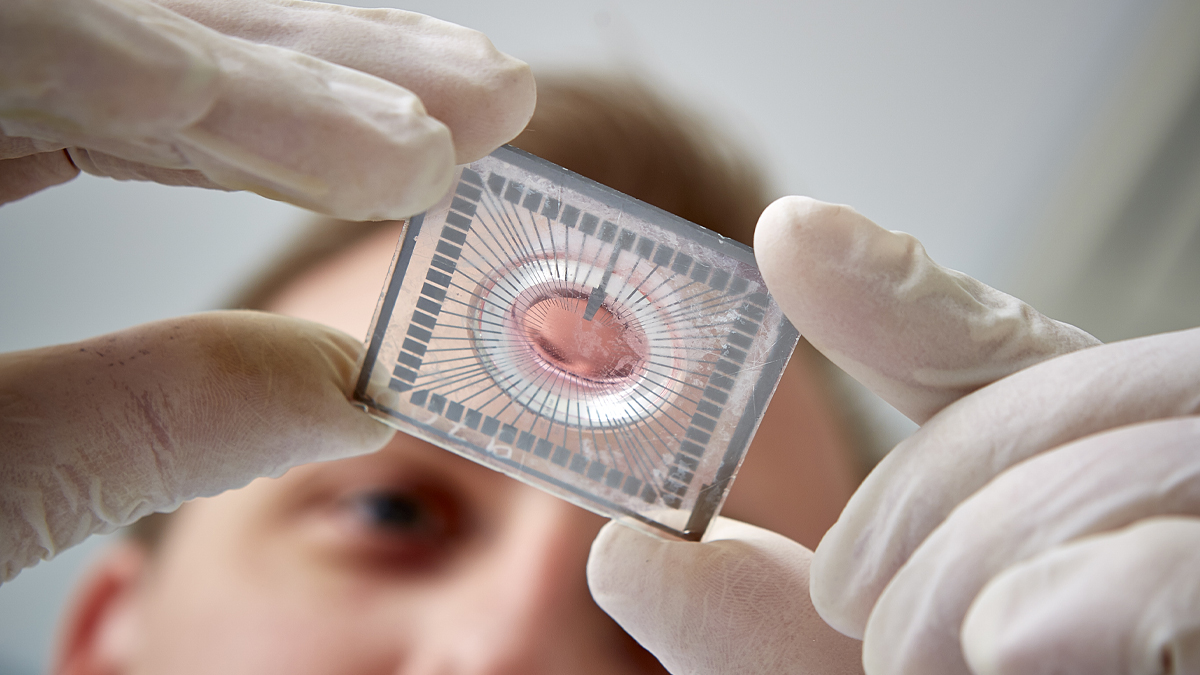Amorphous solid dispersions (can also be combined with co-amorphous dispersions) can be used to enhance the solubility of hydrophobic drugs. When a polymeric molecule is mixed with a poorly soluble drug, the hydrophobic region of the polymer it thought to associate with the comparable region of the poorly soluble drug, resulting in a dramatic enhancement of the drugs solubility in water.
A combination of advanced physico-chemical techniques will be used to gain the required understanding of the preparation of the novel co-amorphous dispersions. The mechanism for enhanced solubility of drug will be determined using a combination of advanced physico-chemical techniques, in particular light and small angle neutron scattering (SANS). The resulting nanoparticle formulations will be characterized in detail in respect to their physico-chemical properties.
For example their moisture content will be determined using thermogravimetric analysis (TGA), x-ray powder diffraction (XRPD) and FTIR will be used to characterize the physical state of the components of the nanoparticles, while scanning and transmission electron microscopy will be used to assess the shape and surface texture of the particles and nuclear magnetic resonance (NMR) will allow the study of the molecular interactions between components.



